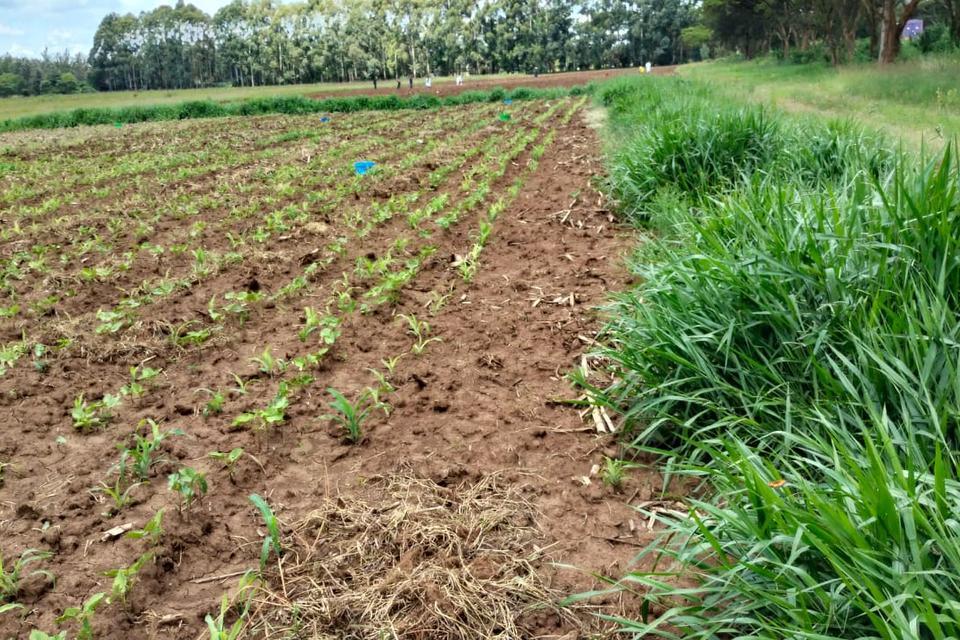Improved forages enhance adoption of climate-smart agriculture among smallholder farmers in Kenya
- From
-
Published on
14.01.25
- Impact Area

Adapting to climate change calls for widening the options for farmers. The introduction of improved forage grasses and legumes aims to boost the application of other innovative Climate-Smart Agriculture (CSA) practices such as mechanization, intercropping, mulching, and the use of certified seeds, all of which contribute to creating a climate-resilient agricultural system. However, some farmers face challenges in fully adopting these practices.
“Typically, farmers use crop residues from maize and legumes to feed their livestock, but when they’re introduced to mulching, those same residues are needed for soil cover. This creates a dilemma—whether to feed the livestock or apply mulch. However, with the introduction of improved forage grasses and legumes, farmers now have a nutritious alternative forage for their animals. This not only boosts livestock productivity but also frees up crop residues to be used effectively as mulch.” said Fredrick Muthomi, Research Associate at the Alliance.
Related news
-

Accelerating wheat breeding, from Toluca in Mexico to the world
CGIAR Initiative on Breeding Resources12.11.25-
Climate adaptation & mitigation
-
Nutrition, health & food security
In Mexico, a project has been completed to develop new elite parental lines of wheat…
Read more -
-

Mapping Where People Can Live Safely in a Changing Climate: The Global Habitability Index
Ibukun Taiwo12.11.25-
Climate adaptation & mitigation
Where can the world’s most vulnerable populations live safely and sustainably? Across the world, r…
Read more -
-

CGIAR@COP30: Loss and Damage Negotiation Updates
Climate Action Science Program12.11.25-
Adaptation
-
Climate adaptation & mitigation
-
Mitigation
For vulnerable countries and communities, climate change is already causing devastation that no amou…
Read more -
